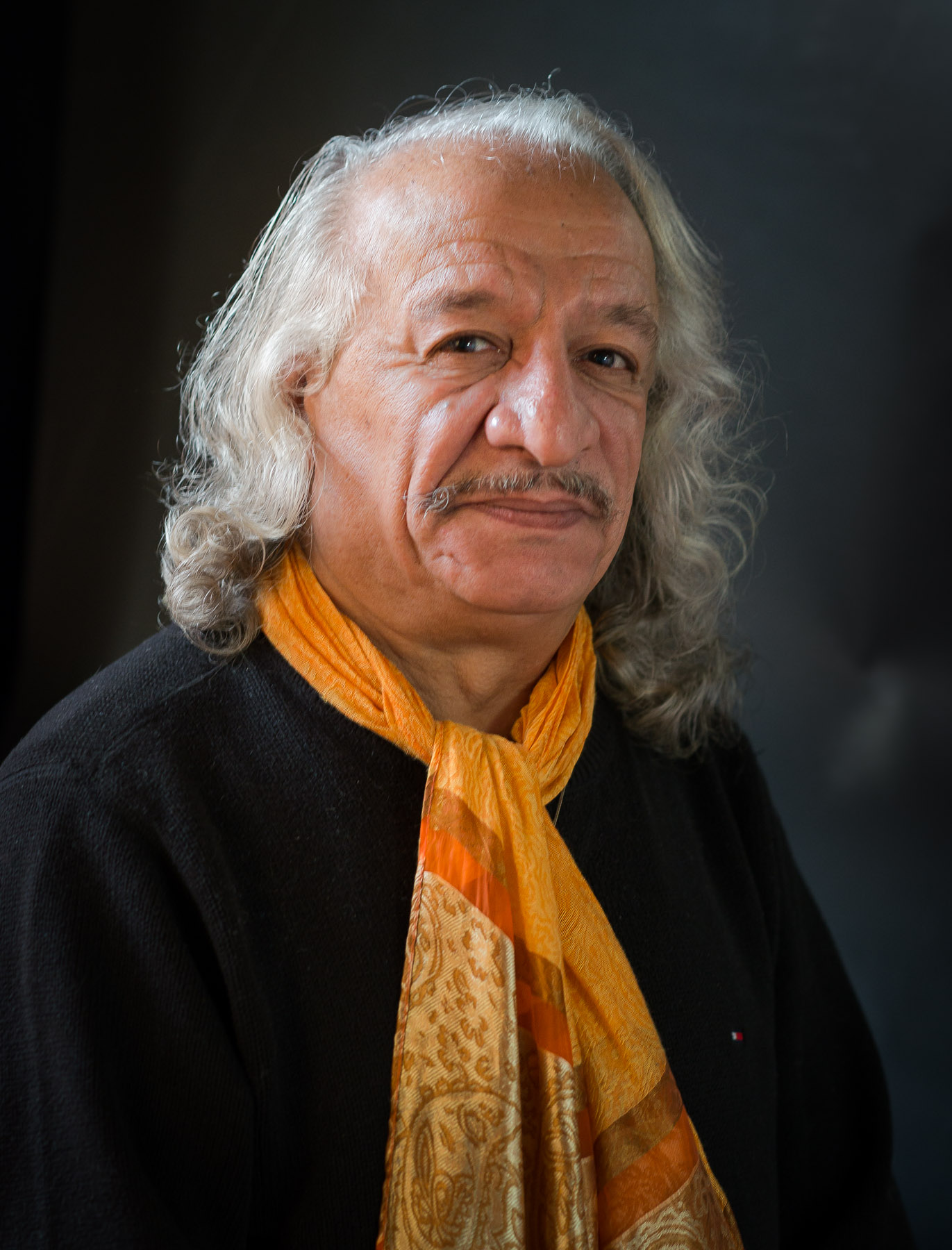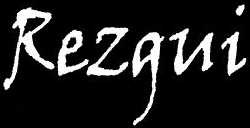Introduction to the painting of Ahmed Armand REZGUI

Born the 13th March, 1949 in Rabat, Morocco, Rezgui wrote his first poems at age 14 in the language of Moliere and was seduced by the mysterious power of handwriting to transmit meaning and speak not only to the mind but to the heart. This love of writing led him to a deep study of signs and handwriting in order to understand their power and mystery.
A lover of handwriting, who, after 15 years in the field of information systems and their languages, was led, as a calligraphy artist, to deepen greatly his knowledge of the meaning of signs and writing and express what is most powerful and mysterious about them.
It was through handwriting that our different civilizations gave birth to their social and political organisations, to a system for organizing food production, clothes and tools that led to the dynamic exchange of goods, to superior forms of art, to the beginnings of scientific inquiry and above all to a writing system that helped fix, propagate and share knowledge.
To learn to write is to have access to knowledge that is infinite and whose horizon reaches further and further as society progresses. It is to have access to the history of the world, to the history of all those who have preceded us, even those from many centuries earlier. It is to know the immense variety of the world, its civilizations, its cultures, its writings. It is to access the others, learn their differences, and through acknowledging the great diversity of peoples and their alphabets, understand the destiny of humanity.
Writing and art are at the heart of all civilizations. Both are symbols for thought. It is normal that writing should care about art and that the symbolism of art be curious about that of writing. But to be interested in handwriting implies an interest in all handwriting, to understand the symbolism of each, and accede therefore to the system of values which gave it birth.
Art and Peace
I want, above all, to draw attention to the artistic aspect of handwriting. Handwriting as a mode of expression could be a common language, even though the meanings of the words they represent are unknown to us. In one representation I mix the words and even the signs of different alphabets. The canvas concentrates in its small space the signs which we ignore or are confronted with on the street. By its abstraction, the canvas becomes a secret and privileged meeting place.
